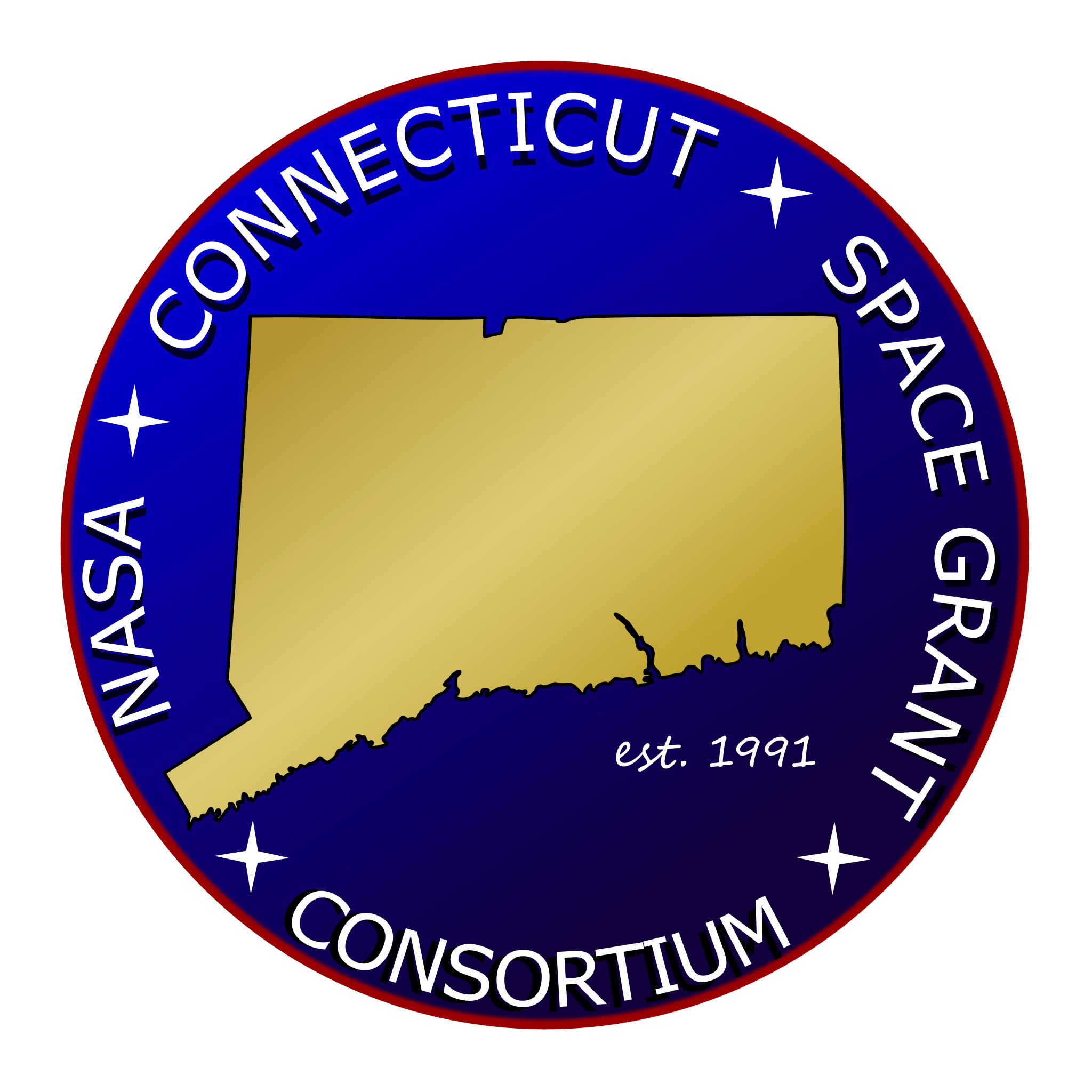Daniel Violette always dreamed of one day working for NASA. Now the 19-year-old Woodbury native is able to live his dream this summer thanks to funding from the Connecticut Space Grant College Consortium. The consortium includes 13 universities working to promote aeronautic and space related research grants, scholarships and internship funding for students and college faculty.
Violette, a University of Connecticut engineering student, is spending the break between his freshman and sophomore years as an intern at NASA’s Goddard Space Flight Center in Greenbelt, Md., helping to develop a new X-ray navigation system, an experience he described as being motivating and fulfilling.
“I’m extremely happy with what I’ve seen so far, there’s been no disillusion for me,” Violette said. “The consortium helped me come down here for free, and have been extremely helpful ever since. They are the reason that I’m down here.”
Violette is one of 39 students who have received funding over the past year from the consortium, 12 of whom are now in internships working with NASA and other space-related organizations this summer.
In 1991, Trinity College, the University of Connecticut, University of Hartford and the University of New Haven formed the consortium to help encourage broader participation in NASA research programs.
Nine more universities including Yale, Wesleyan and Fairfield University, have since joined the consortium which is based at the University of Hartford.
The program was initiated after NASA began its National Space Grant College and Fellowship Program in 1989, and now every state has a member consortium, as well as the District of Columbia and Puerto Rico.
There 52 consortia receive grant money from NASA and then distribute these funds out to students and faculty from member institutions.
This year, students from around the state have received $215,000 from the consortium for research projects and internship scholarships.
“Our primary goal is to help,” said Mary Arico, assistant director of the consortium. “We are looking to develop research and fund areas that are useful to NASA. If there is a student who wants to do research or go and work for NASA then we are here to help.”
Arico said the consortium stays in step with NASA are cultivates students who have ideas that can benefit the space program. Students who apply for grants must write research proposals or essays in the competitive race for funding, Arico said.
Drew Hires, an engineering senior at the University of Connecticut, also received funding from the consortium and is interning at the NASA Langley Research Center in Hampton, Va., for the summer. He said he looks forward to working for the organization again once he graduates.
Despite the end of the shuttle program, Hires is optimistic in the job opportunities that will open at NASA once the organization shifts its focus to other areas of exploration and research.
“It is a little bit sad to see the space shuttle go, but in the long run it will be the better decision,” Hires said. “They can now get people to innovate. It was an engineering marvel, but expensive. NASA can more on to new technologies.”
Written by: Jake Clapp, Republican-American
